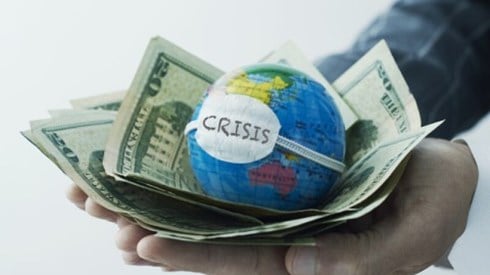Reinsurance Sector's Stable Outlook Reflects Balance of Offsetting Forces

September 04, 2020

A.M. Best says its continued stable outlook for the global reinsurance industry actually reflects positive and negative forces that are offsetting one another as reinsurers deal with the COVID-19 pandemic.
In a Market Segment Report, Global Reinsurers Maintain Equilibrium through COVID-19 Turbulence, Best cites a number of negative factors affecting the reinsurance industry. Among them, increased uncertainty on claims reserve development associated with previous years' property catastrophe events, social inflation, and business interruption and casualty lines exposures related to the COVID-19 pandemic.
Combined with an overcapitalized reinsurance sector, those negative factors have caused reinsurers to struggle to meet their cost of capital, Best said.
Among the positive factors affecting reinsurers, according to the rating agency, were reinsurance renewals during the first half of 2020 that started to show strong momentum amid clear signs of a hardening market.
"Not all companies will be well positioned to take advantage of these improved market conditions," Best said. "Business mix and recent underwriting performance by line of business are key. Flight to quality is also likely to play a role. Financial strength, reputation, market position, product diversification, clean balance sheets, and consistent and transparent underwriting performance may prove to be the main differentiators between winners and losers."
Best said that meeting their cost of capital is critical to reinsurers' survival, but the current market hardening will have to be sustained for at least the next year or two to have a "meaningful impact" on the reinsurance sector. At this point, however, it's uncertain how long current market dynamics will last, Best said. Meanwhile, pricing momentum will have to be sufficient to offset previous years' losses, the uncertain impact of the COVID-19 pandemic, and continued social inflation.
September 04, 2020



